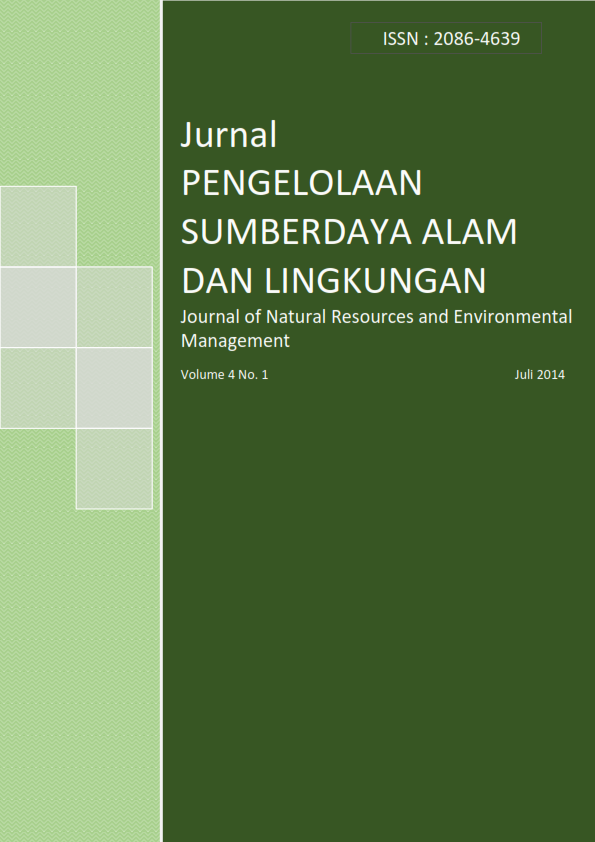ANALISIS JEJAK KARBON AGRIBISNIS SAWIT UNTUK MENYUSUN ARAHAN STRATEGI DAN PROGRAM CORPORATE SOCIAL RESPONSIBILITY (CSR)
Abstrak
Palm oil agribusiness include on-farm activities (plantation) and off-farm activities (palm oil mill) are exposed to environmental issues as one of the contributors to greenhouse gas (GHG) emission. The purpose of this study is to assess the carbon footprint of palm oil agribusiness as an input to formalize Corporate Social Responsibility (CSR) strategy and program, particularly in efforts to reduce CO2 emission. The boundary of emission sources are: 1) diesel for transporting seed; 2) diesel of pump water; 3) fertilizer (N); 4) diesel for transporting FFB to mill; 5) diesel consumption at mill; 6) electricity consumption at mill; 7) POME; and 8) diesel for transporting CPO to harbour. Data to estimate CO2 emissions during 20 year of life cycle (period 1991-2011). Total emissions of palm oil agribusiness is 3904511 tonCO2, where diesel for transporting FFB (79 %) and CPO (11.12 %) as the largest emitters. It is influenced by the considerable distance between the location of estate SA, estate AB, mill and harbor. The accumulation of carbon stocks is 5713697 ton C / ha. initial carbon stocks was higher compared to carbon stocks in peat and mineral., Tree planting, forest conservation, waste utilization, and the Clean Development Mechanism (CDM) project is an effort in the company's environmental management, especially reducing GHG emissions. Strategic and programs that was formulated in the form of: 1) system integration palm oil agribusiness and cattle breeding; 2) alternative energy as a impact of CDM project; 3) participatory tree planting; and 4) socialization upon mitigation of GHG emissions.
Keywords: emission (CO2), palm oil, CSR, reductionPenulis
Authors who publish with this journal agree to the following terms:
- Authors retain copyright and grant the journal right of first publication with the work simultaneously licensed under a Creative Commons Attribution License that allows others to share the work with an acknowledgement of the work's authorship and initial publication in this journal.
- Authors are able to enter into separate, additional contractual arrangements for the non-exclusive distribution of the journal's published version of the work (e.g., post it to an institutional repository or publish it in a book), with an acknowledgement of its initial publication in this journal.
- Authors are permitted and encouraged to post their work online (e.g., in institutional repositories or on their website) prior to and during the submission process, as it can lead to productive exchanges, as well as earlier and greater citation of published work (See The Effect of Open Access).






